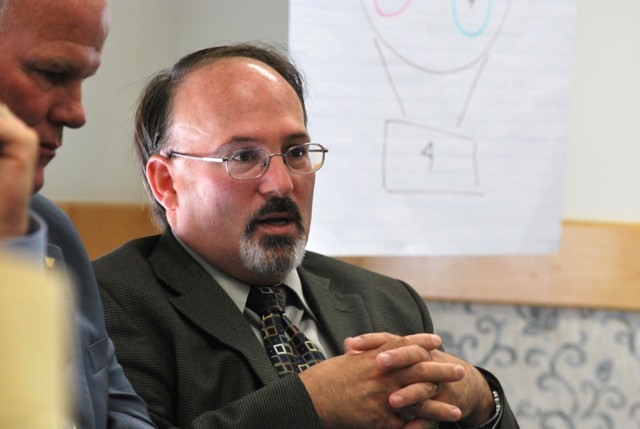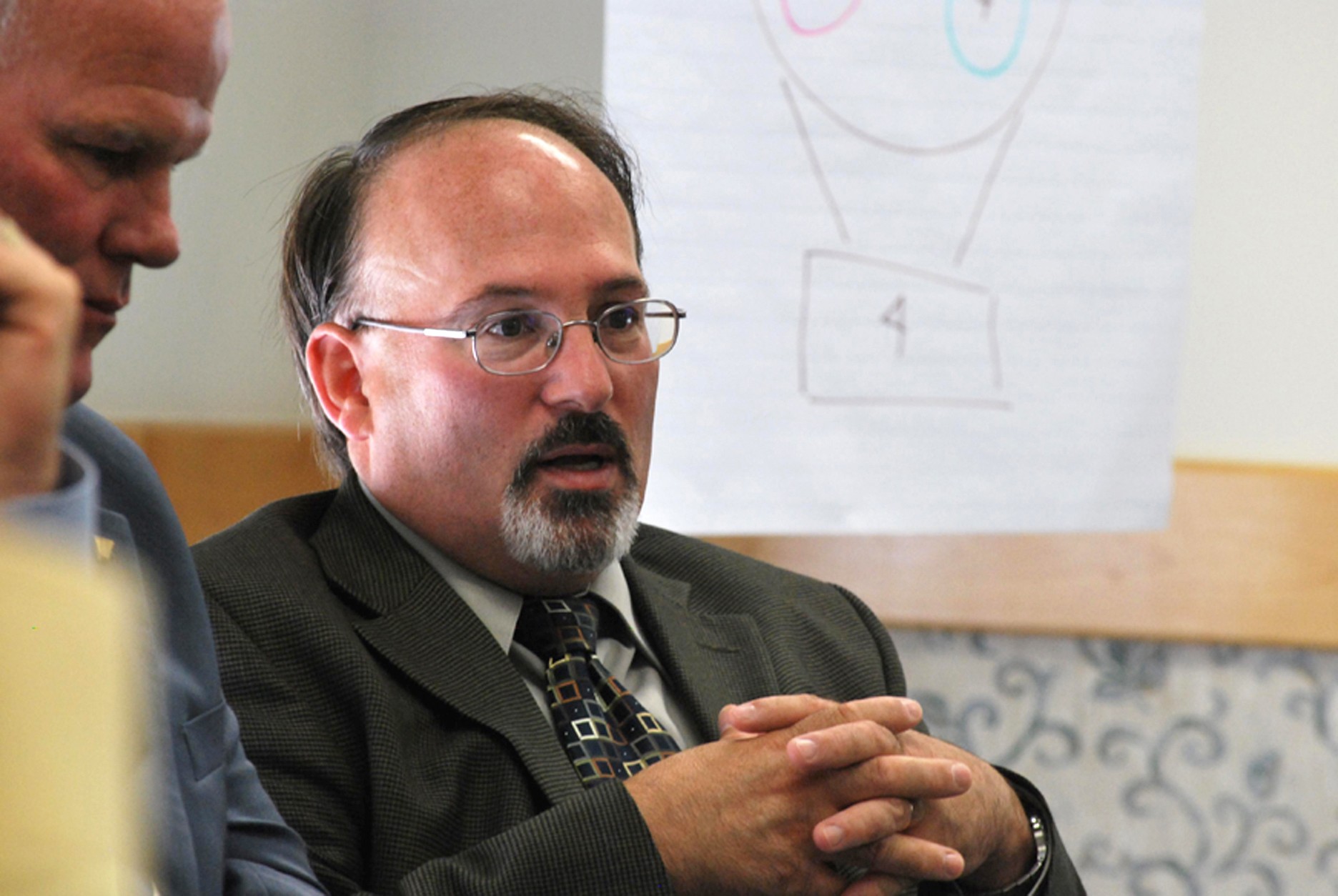ABERDEEN PROVING GROUND, Md. -- We are going through an unprecedented period of change at Aberdeen Proving Ground which started with the initiation of BRAC in 2005.
The brick and mortar impacts that BRAC will have on the installation have been significant, but in real terms, they are nearly complete. With completion of BRAC implementation scheduled for September 2011, there are few infrastructure efforts remaining to be completed to which we expect to fully implement BRAC law.
Our remaining BRAC challenges at Aberdeen will continue to be rebuilding the workforce for missions that are relocating to APG, and to address the second and third order impacts to existing APG tenants caused by opportunities created by unfilled positions. To date, more than half of the incoming positions have been filled through relocations and recruit actions. The remaining positions will be moved and positions filled over the next 6 months. When fully implemented, APG will have gained more than 6,000 civilian jobs and over 2,500 embedded contractor positions on the installation.
Also of note, the Office of Personnel Management estimates 60 percent of the federal workforce will be eligible to retire in the next five years, and about 40 percent will actually do so. Our civilian workforce is very similar to the overall government profile as depicted by OPM. The impacts of BRAC and the implications of an aging government workforce will challenge APG for some time and, in particular, will demand a focus on workforce development as a strategic emphasis rather than as a casual management activity.
To meet these challenges, organizations are now creating sustainable learning communities to develop new leaders. In 2009, SES-level leadership from several organizations at APG recognized the need for a proactive effort to build and grow the workforce that will be needed to lead APG through this once in a lifetime transformation. This effort resulted in the establishment of the APG Senior Leadership Cohort Program that is designed to meet challenges relative to the arrival of thousands of new employees and the number of foreseeable retirements in the civilian workforce.
The APG Senior Leadership Cohort Program is creating a self-sustaining leadership learning community to serve as a catalyst for change and deliver individual, team, organizational and community results. It is designed around OPM's Executive Core Qualifications to create and sustain a cadre of high potential GS-15 or equivalent level managers at APG who will bridge organizational boundaries and bring us together.
More than a year ago, 29 motivated managers representing 14 APG organizations committed to participate in the senior leadership cohort program. This group will be honored at a graduation ceremony Feb. 9 at the C4ISR Mission Training Facility. They are the second class to graduate from the APG Leadership Cohort.
Using a method known as "action science," these students have experienced a program of reality-based instruction and preparation, to work on solutions to real challenges - challenges that were meaningful to them - where they would see results.
They learned to look at their organizations, their areas of responsibility, their goals, and themselves with new eyes; to find and appreciate the best in each of these things; and, after identifying challenges and solutions, to make positive change for the future.
Senior leaders have embraced the maturation of the next generation of leadership before the lack of it causes missions to suffer. We will continue to make the cohort program available as long as civilians here seek the opportunity to achieve excellence for the Army, their organization, themselves, and the next generation of leaders that will come after them.
Cohort 3 begins this spring. The class is forming now. We have an exciting future before us at APG and need the very best leaders we can get and develop. If you have what it takes to guide APG in the future, get your resume together and talk to the first SES in your chain who can recommend you for the program.


Social Sharing